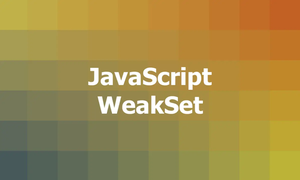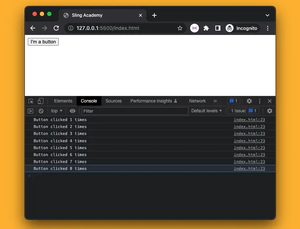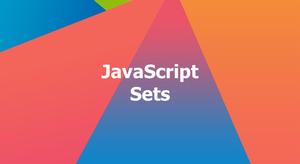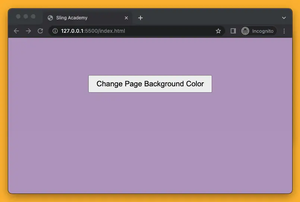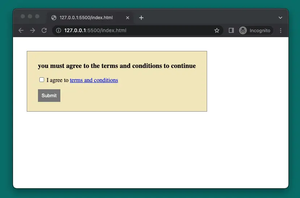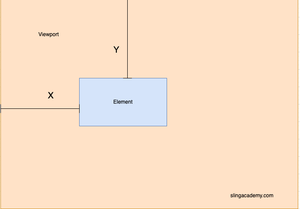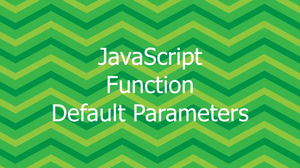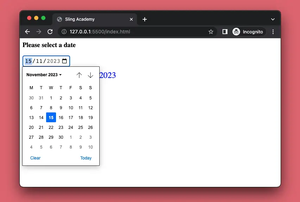Animating elements on a web page can significantly enhance user engagement and responsiveness, providing a dynamic way to convey information and guide user interactions. Geometry-based animations in JavaScript allow for creative visualization and interaction by mathematically manipulating the shapes and positions of elements. In this article, we'll explore how to integrate such animations using JavaScript, HTML, and CSS, focusing on practical code examples.
Setting Up the Scene
Let’s start by setting up a simple HTML structure for our animations. We'll create a canvas element since it provides a flexible space for rendering complex visuals:
<!DOCTYPE html>
<html lang="en">
<head>
<meta charset="UTF-8">
<meta name="viewport" content="width=device-width, initial-scale=1.0">
<title>Geometry Animations</title>
<style>
canvas {
border: 1px solid #d3d3d3;
}
</style>
</head>
<body>
<canvas id="animationCanvas" width="500" height="500"></canvas>
<script src="animations.js"></script>
</body>
</html>
This HTML provides a single canvas element where we'll draw and animate our geometric shapes. The CSS section simply adds a border for visual clarity.
Basic Animation in JavaScript
To start animating, we first need access to the canvas context which serves as a drawing board:
document.addEventListener('DOMContentLoaded', (event) => {
const canvas = document.getElementById('animationCanvas');
const ctx = canvas.getContext('2d');
function animate() {
ctx.clearRect(0, 0, canvas.width, canvas.height); // Clears the canvas
// Drawing code goes here
requestAnimationFrame(animate); // Recursively calls itself
}
animate(); // Initial call
});
By calling requestAnimationFrame, the animate() function is set to perform continually, redrawing the canvas on each frame.
Animating Geometric Shapes
Let's create an animation where a circle oscillates horizontally across the canvas:
let posX = 0;
let direction = 1;
function animateCircle() {
ctx.clearRect(0, 0, canvas.width, canvas.height);
// Update position
posX += 2 * direction;
if (posX > canvas.width || posX < 0) direction *= -1; // Reverse direction upon borders
// Draw circle
ctx.beginPath();
ctx.arc(posX, canvas.height / 2, 20, 0, Math.PI * 2, false);
ctx.fillStyle = 'blue';
ctx.fill();
requestAnimationFrame(animateCircle);
}
animateCircle();
This example uses basic trigonometry to move a circle back and forth across the canvas. By increasing or reducing posX, we control the animation's speed and direction.
Advanced Geometric Animations
For more complex animations, such as rotating polygons or moving sinusoidal curves, incorporate mathematical functions and transformations:
function drawRotatingSquare(time) {
ctx.clearRect(0, 0, canvas.width, canvas.height);
const angle = time / 1000; // Rotational speed
const squareSize = 50;
ctx.save(); // Save the current state
ctx.translate(250, 250); // Move the origin
ctx.rotate(angle); // Rotate the canvas
// Draw square
ctx.fillStyle = 'red';
ctx.fillRect(-squareSize / 2, -squareSize / 2, squareSize, squareSize);
ctx.restore(); // Restore to initial state
requestAnimationFrame(drawRotatingSquare);
}
requestAnimationFrame(drawRotatingSquare);
With transformations via translate() and rotate(), we exert control over the shape's movement, binding the angle to the time parameter for smooth transitions.
Leveraging Libraries
Besides custom scripting, consider using libraries like GSAP or D3.js for complex animations. They offer pre-built functions and smoothing features that reduce coding overhead:
// Using GSAP for animation
GSAP.to('#circle', {duration: 2, x: 300});
This snippet showcases GSAP for moving an element, providing a streamlined approach alongside traditional scripting.
Conclusion
Integrating geometry-based animations in JavaScript provides compelling means of making web pages more interactive and dynamic. By utilizing canvas and combining logical control structures with mathematical functions, developers can create animations ranging from simple blips to complex fluid motions. With practice and concept refinement, the possibilities grow endlessly, welcoming experimentation through both native scripting and third-party extensions.

